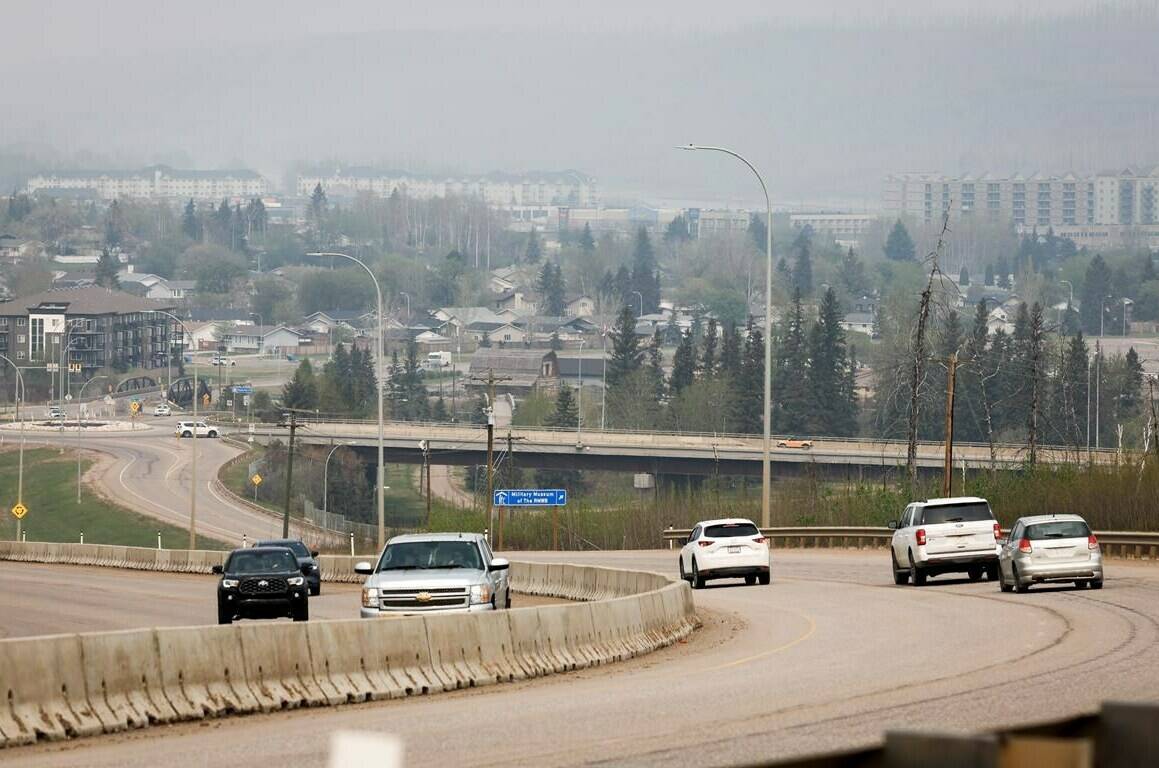As we enter another wildfire season, Environment and Climate Change Canada is advising people to pay attention to air pollution levels and check the Air Quality Health Index – especially on smoky days.
HOW CAN I CHECK THE AIR QUALITY READING IN MY AREA?
The Air Quality Health Index is at: https://weather.gc.ca/airquality/pages/index_e.html
You can take a look at the ratings in communities across your province or territory.
A rating of 1-3 is low risk, 4-6 is moderate risk, 7-10 is high risk and over 10 is very high risk.
Environment Canada also encourages people to download the WeatherCAN app and set personal notifications for the AQHI in their region.
HOW IS RISK ASSESSED?
Environment Canada, in consultation with Health Canada, has different recommendations for people especially at risk of suffering health problems when exposed to poor air quality versus the general population.
“At risk” people include those with respiratory and heart issues. Infants, young children, pregnant people and elderly people are also considered at higher risk. They may feel symptoms from air pollution even at “moderate risk” levels.
Environment Canada has a detailed breakdown on its website of how the different risk categories affect the general population and more vulnerable groups.
WHAT’S CHANGING THIS YEAR?
When the AQHI exceeds 10 due to wildfire smoke, indicating a “very high” health risk, a new type of air quality advisory will be issued warning of potentially worsening health effects and urging people to seriously consider cancelling outdoor events.
Users of Environment Canada’s go-to website for weather conditions are now also able to see all active air quality-related alerts listed under a separate tab. When the AQHI reaches 10+, affected areas will be shown in red on the map.
Celine Audette, manager of health and air quality forecast services at Environment and Climate Change Canada, also said most provinces are now using an enhanced version of the AQHI, which measures the levels of fine particulate matter known as PM 2.5 on an hourly basis.
The enhanced AQHI runs two parallel calculations: the rolling average of three common air pollutants — ground-level ozone, nitrogen dioxide and PM 2.5. — and the hourly PM 2.5 levels. The AQHI score the public sees is based on whichever measure is higher.
READ ALSO: This wildfire season, changes are coming to better inform people about smoke
The Canadian Press
Breaking NewsCanada Wildfires 2024Environment Canada weather

